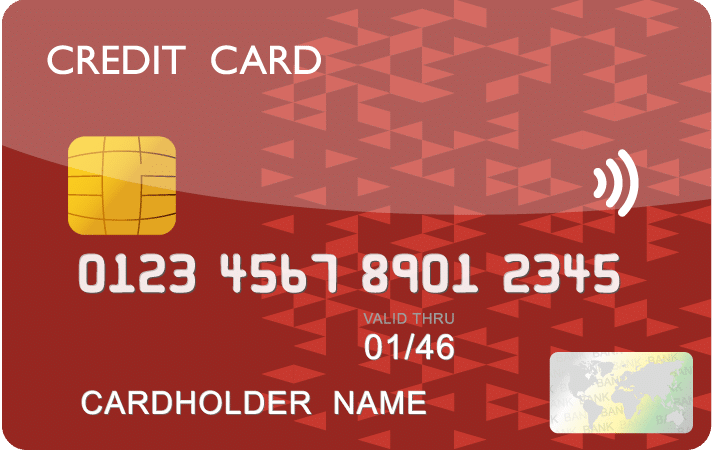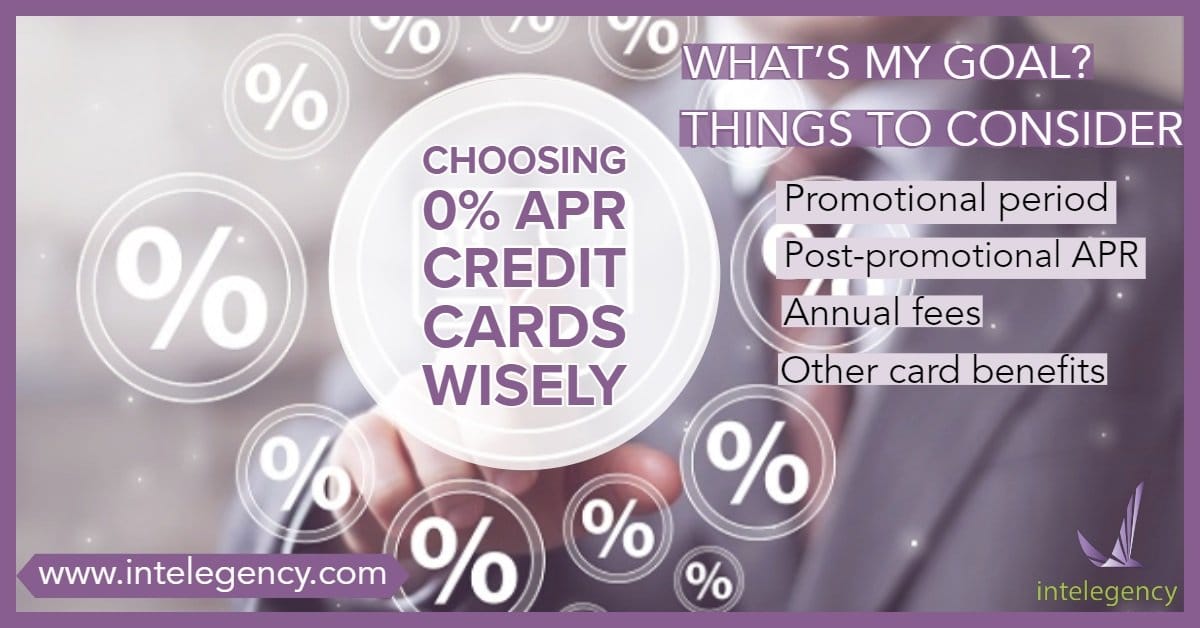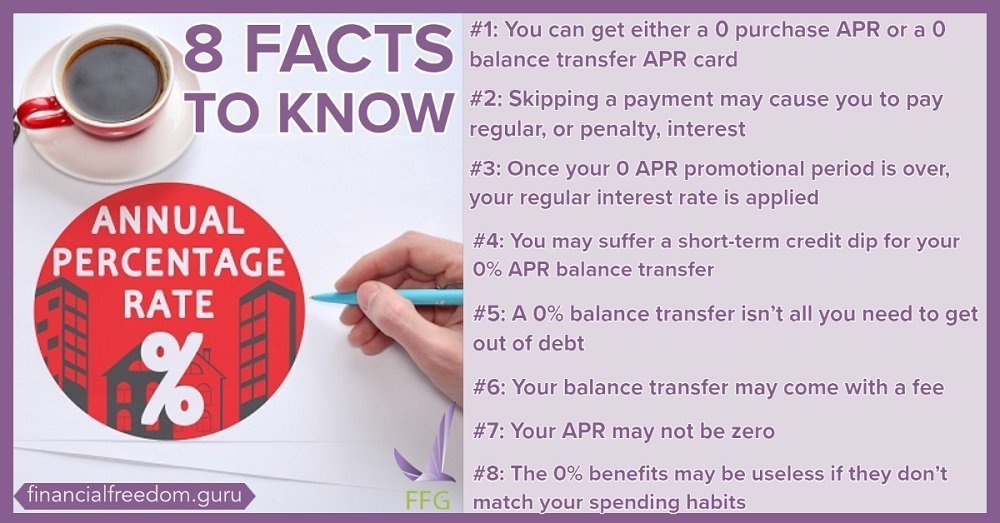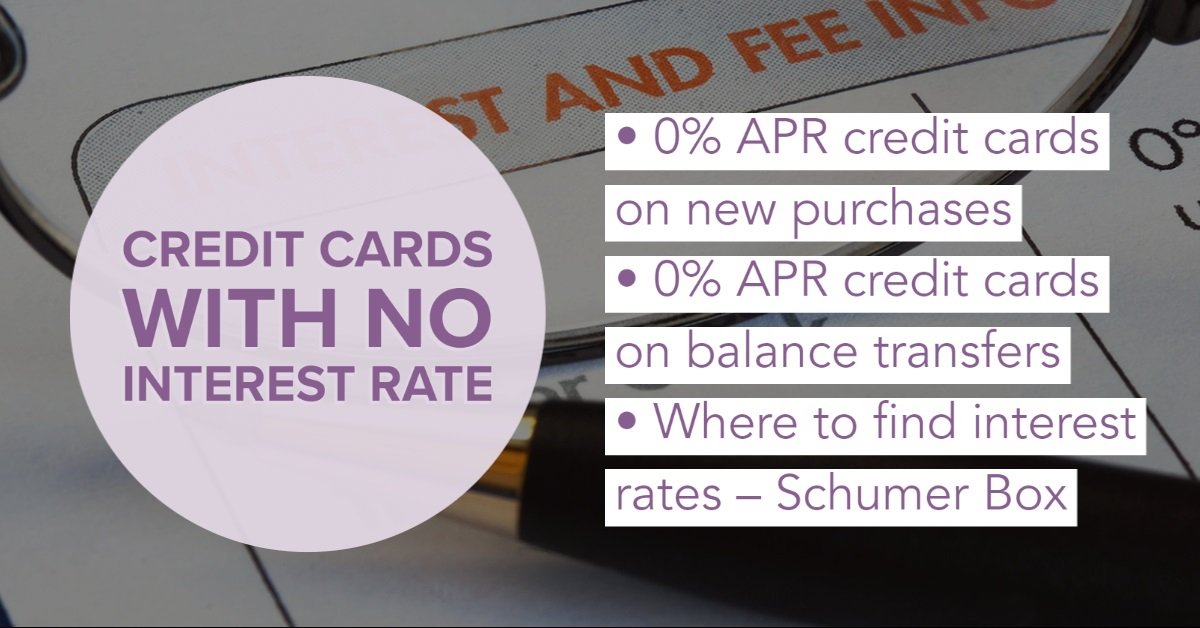Win 0 Balance Transfer Offer with These Tips

Table of Contents
Last Updated: October 5, 2022
Credit cards with a 0 balance transfer offer are amazing tools that can save you money on debt. The credit card companies don’t make it easy for you, though. Why should they? When you’re saving money on interest, they’re making less revenue. If you decide to make this card your specialty card, let’s make sure that you come out on top. To win the balance transfer game, you need to understand the rule of the game. This includes the risks and the benefits of what it means to win a 0% balance transfer offer. We’ve put together some rules that, if you follow them, will improve the likelihood of success.
Balance Transfer Basics
What is a 0% APR Card?
Credit cards tout 0% APR offers all the time, but do you know what that means? With a 0% APR credit card, you’ll pay no interest over an introductory period of at least 6 months. Many cards extend their introductory period between 12 and 15 months. Credit cards for customers with excellent credit may extend it to 21 months. Balance transfer cards allow you to move debt from a higher interest credit card to a 0% APR card. You will pay no interest until the promotional period ends. At that point, the regular APR is applied to the remainder of your balance transfer debt.
Two Types of 0% APR Offers
There are two types of 0% offers – those for new purchases and those for balance transfers. It is crucial that you know which card you are getting. For a balance transfer card, the 0% rate is only applicable to the transferred balance. Do not make any new purchases or cash advances on the card.
Should You Make New Purchases On a Balance Transfer Card?
There is a good reason for not making any new purchases or cash advances. Your monthly payment is split between all the balances you carry. By law, the minimum payment is used to cover your balance transfer first. The rest is applied to the balance with the highest APR, then the next highest, and so on. Instead of paying off your balance transfer, you’re paying back the cash advance or new purchases balance first. This will lead to a devastating shock at the end of the introductory period.
Deferred Interest Offers
There is a similar offer that sounds like a balance transfer but has vastly different effects. Deferred interest financing claims to offer 0% interest. A balance transfer doesn’t start charging interest until the promotional period wears off. Deferred interest accrues interest from the beginning. If you pay off the debt before the promotional period ends, it’s not a problem. Should you have a balance left over, you’ll pay all of the accrued interest plus the remainder of the debt.
Other Things to Consider
Balance transfers are best used when you have a large amount of credit card debt. You may want help paying it off, and saving money on monthly interest is an excellent way to start. Once you’ve been approved for the card, a balance transfer fee applies. This may be between $5-$10, or 3-5% of the balance, whichever is larger. When considering a balance transfer card, make sure that the balance transfer fee does not eliminate any savings from not paying interest. Become familiar with the terms listed in your credit card agreement. Failure to hold to these terms may cause the 0% balance transfer offer to revert to the regular APR.
0
17.74% to 24.49%
0
12.90% - 27.90%
0% intro APR balance transfer for 12 months
0
12.90% - 27.90%
0% intro APR balance transfer for 12 months
Should You Transfer Your Balance?
If you have good credit or better, and manage your financial situation well, you may transfer your balance. The balance transfer card can be your specialty card.
You should consider this if you’re confident you’ll pay off your balance before the promotional period ends. That’s the only way to win the balance transfer game. You should not take the balance transfer offer if any of the following applies to you:
- Your current cards have a low interest rate.
- You aren’t sure if you can pay off the balance before the introductory period ends.
- You have problems controlling your spending.
- Your credit is fair or worse.
If any of these situations apply to you, you should not sign up for this card. It is more likely that you will end up with a higher total debt balance than before.
Tips You Should Follow to Win a 0 Balance Transfer Offer
The following are some tips for beating the 0% balance transfer offer game. These tried-and-true methods will ensure that you get the most out of the opportunity.
- Choose the card with the most extended introductory rate.
- Make it your business to know the interest rates and the conditions for which each rate is applicable. You need to know what your finance charges will be on balances left at the end of the introductory period.
- Know the length of the introductory period. Pay particular attention to when it expires. The expiry date may not coincide with the end of the billing cycle or due date.
- Understand the fees and other penalties on your card and recognize when they become applicable. We discussed the balance transfer fee earlier. There may be other fees, like annual or late fees.
- Verify if the introductory offer also applies to new purchases. While it is uncommon, it does happen. Chase Slate is a credit card that offers this.
- Become familiar with what may cause you to forfeit your 0% offer involuntarily. A single late payment may be all it takes. Other events include a returned payment or exceeding your credit limit. These actions trigger the regular or penalty interest rates. With two late payments in a row, it will take six consecutive on-time payments to remove the penalty rate.
- Understand the term may change with time. Review your credit card agreement to understand the schedule.
- There are effects to your credit score when applying for a new card. Even though the debt is old, the card will generate a new hard inquiry. This is one of the reasons we insist that you apply for a card you know you can get. Otherwise, your credit score will take a hit, and you won’t have the credit card to show for it. You should also be concerned with your utilization, which will be high on your balance transfer card. You can do some damage control if you keep the old accounts (from which you transferred the debt) open. This will have your overall utilization lower, which works to keep your credit score high. Remember the magic number for utilization is 30% or less.
0% Balance Transfer Video Explanation
Think Twice Before Playing the Balance Transfer Game
If you want to win a 0 balance transfer offer, there are certain things you must do before the introductory period ends. You must pay off your balance and control your spending. To secure the best APR after the introductory period, you need to have good credit or better. That’s what you need to win the balance transfer game. If you don’t meet these criteria, we recommend that you rethink your plan for a 0% balance transfer offer.







